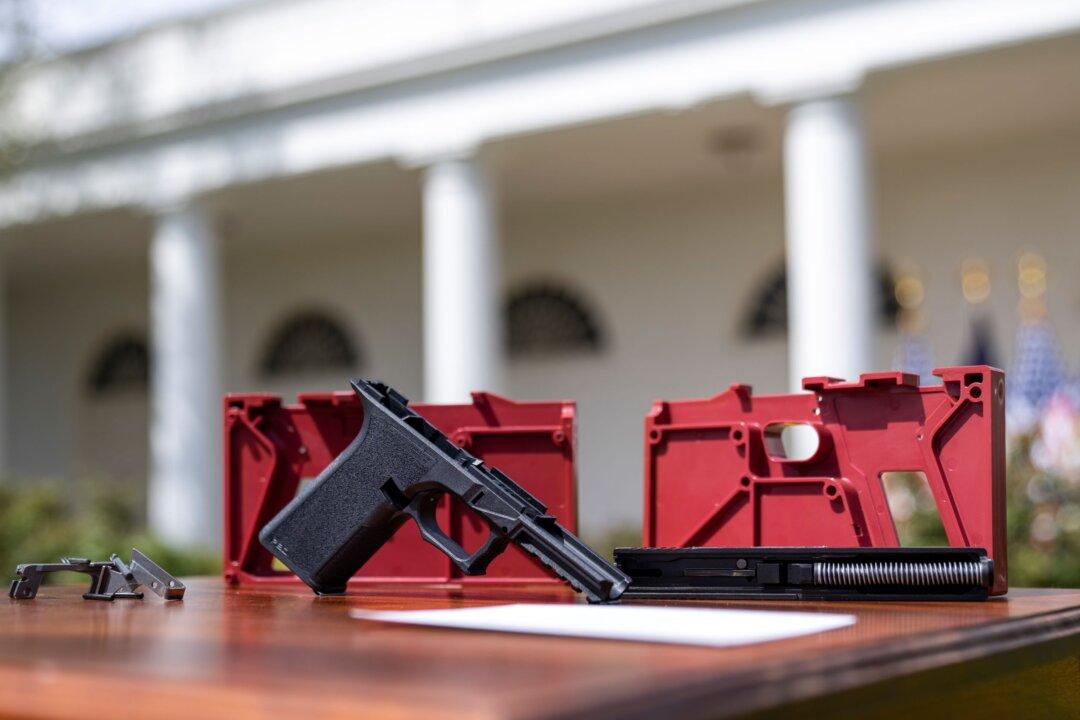At least two national gun rights groups are contemplating lawsuits to challenge the new federal regulation on privately made firearms, or so-called “ghost guns.”
The final ruling, published by the ATF on Apr. 11, essentially expands the definition of a firearm to include partially complete and readily convertible firearm receivers (also called frames).





